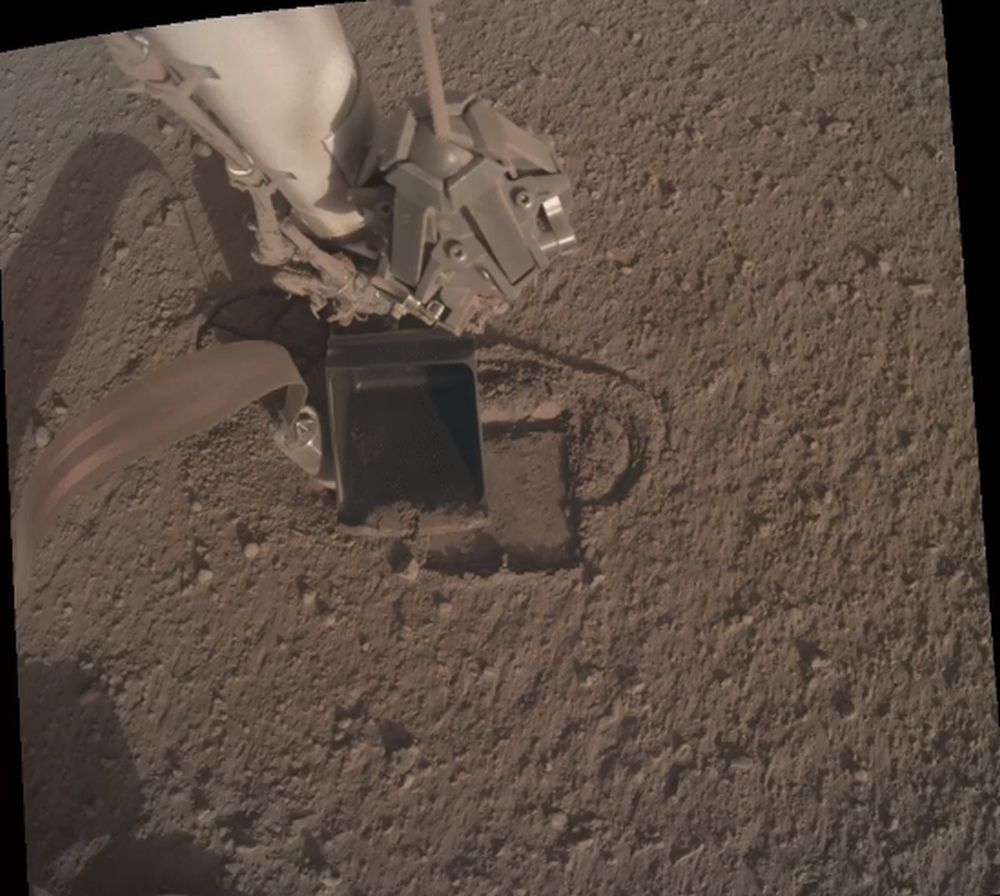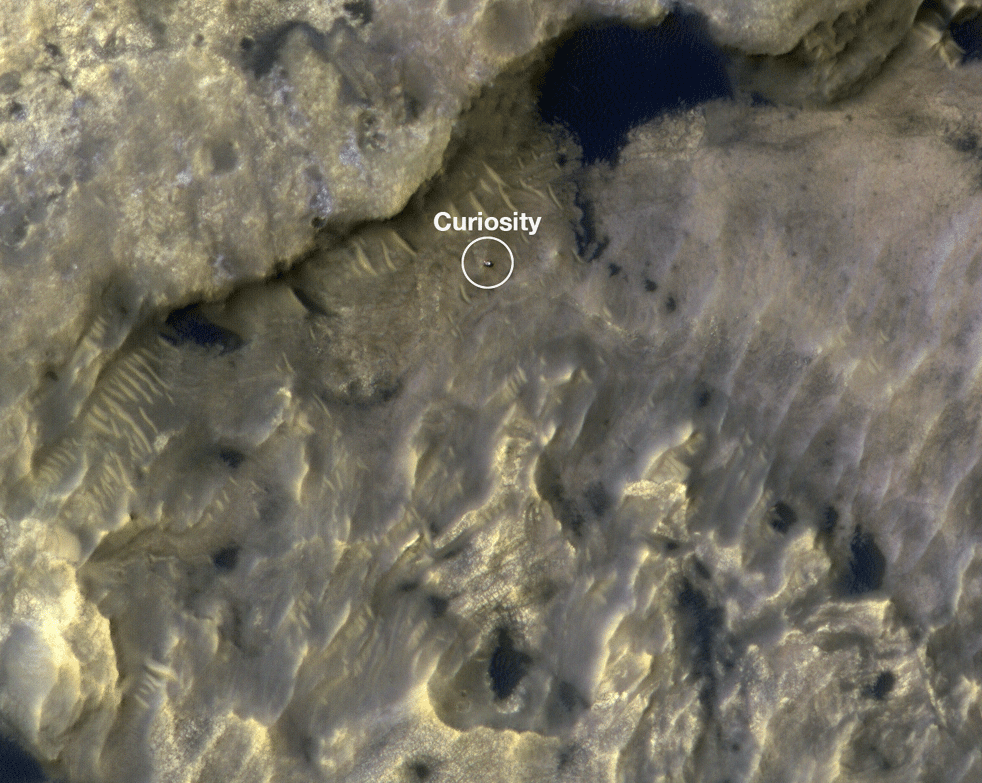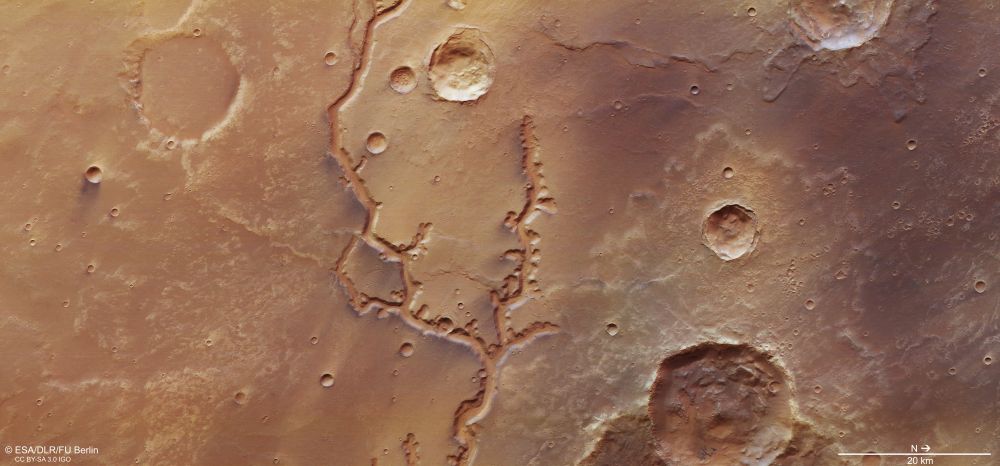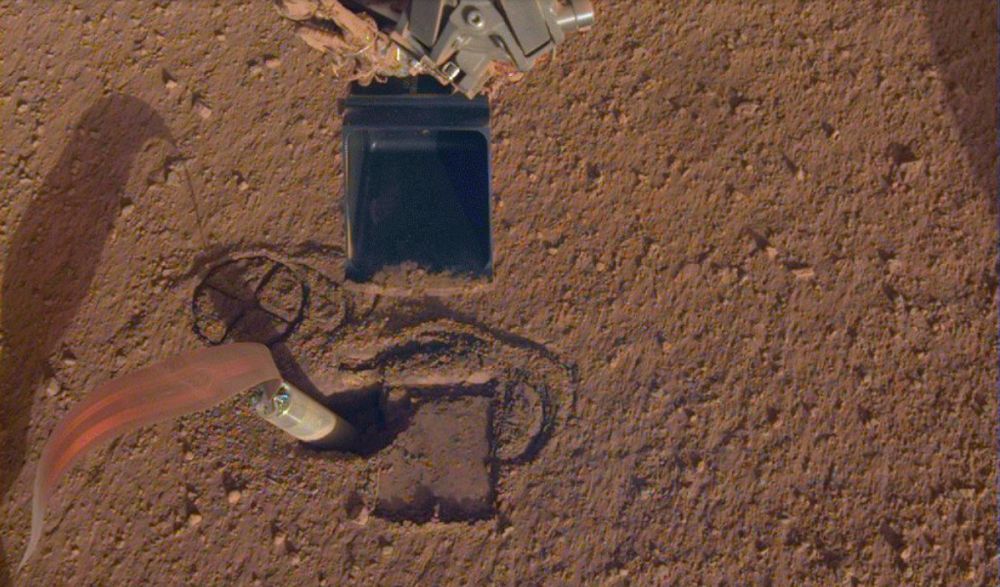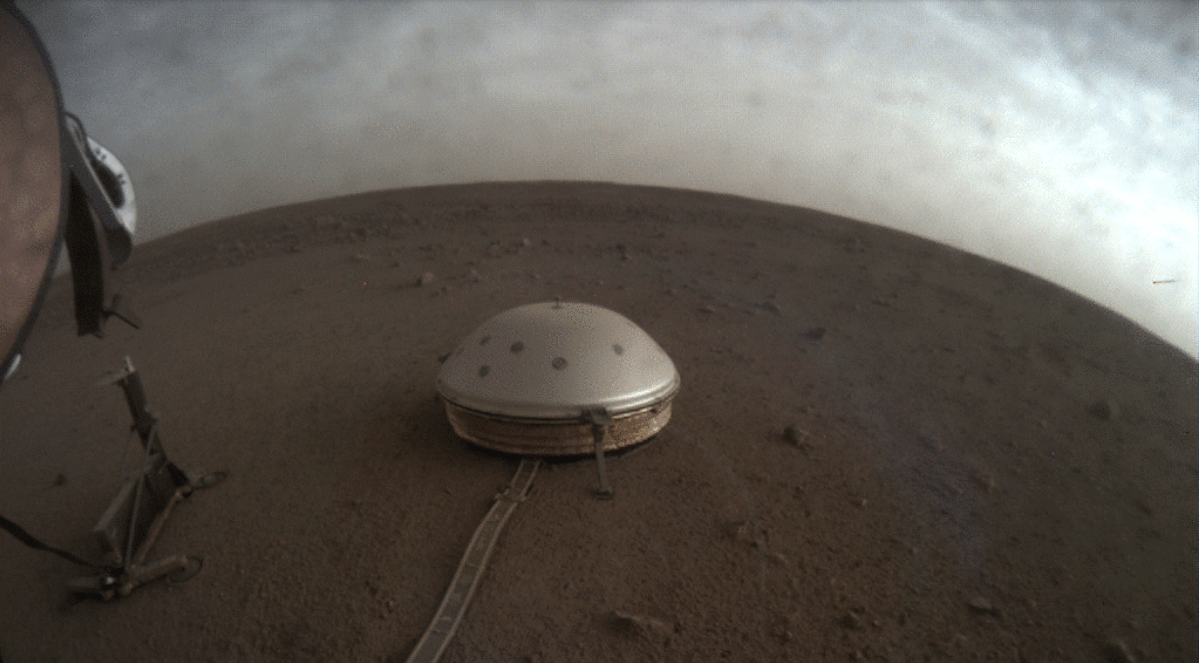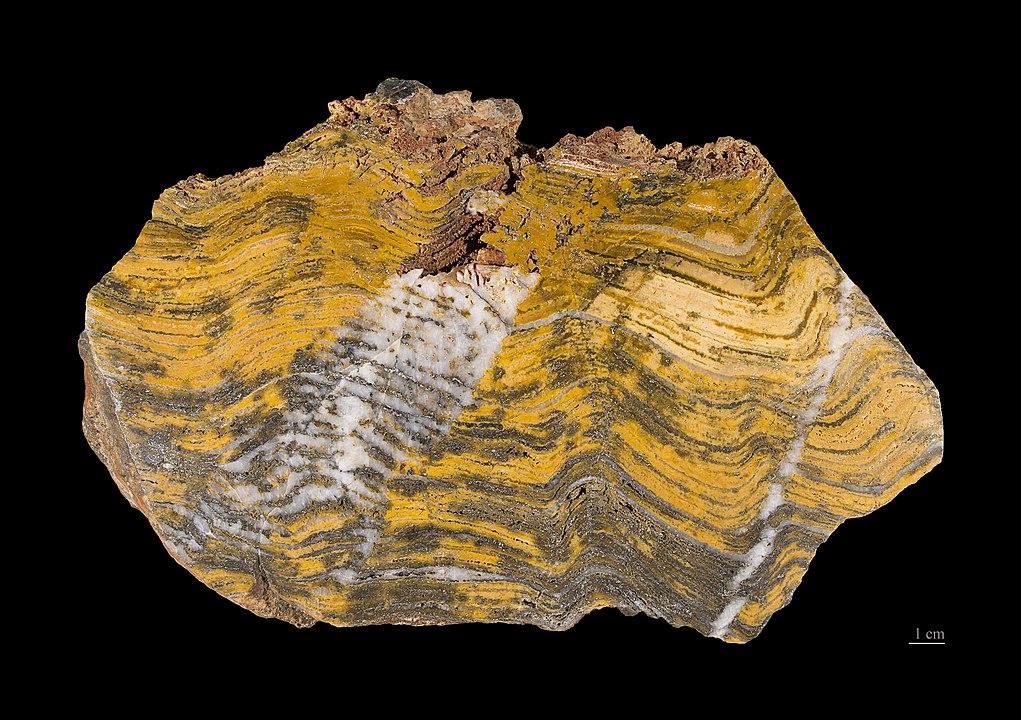After months of setbacks, NASA says that the InSight Lander’s Mole is working again.
InSight landed on Mars on Nov. 26 2018 in Elysium Planitia. Its mission is to study the interior of the planet, to learn about how Mars and other rocky planets formed. InSight (Interior Exploration using Seismic Investigations, Geodesy, and Heat Transport) is a NASA mission with other partners, including the DLR (German Aerospace Center.)
Continue reading “Success! NASA Confirms the Mole is Working Again.”
